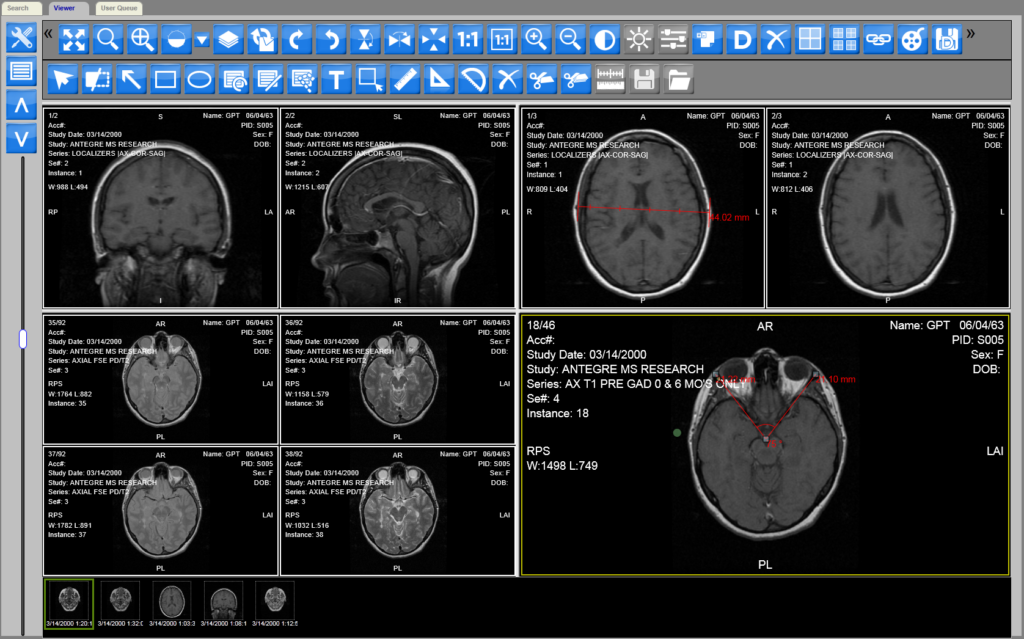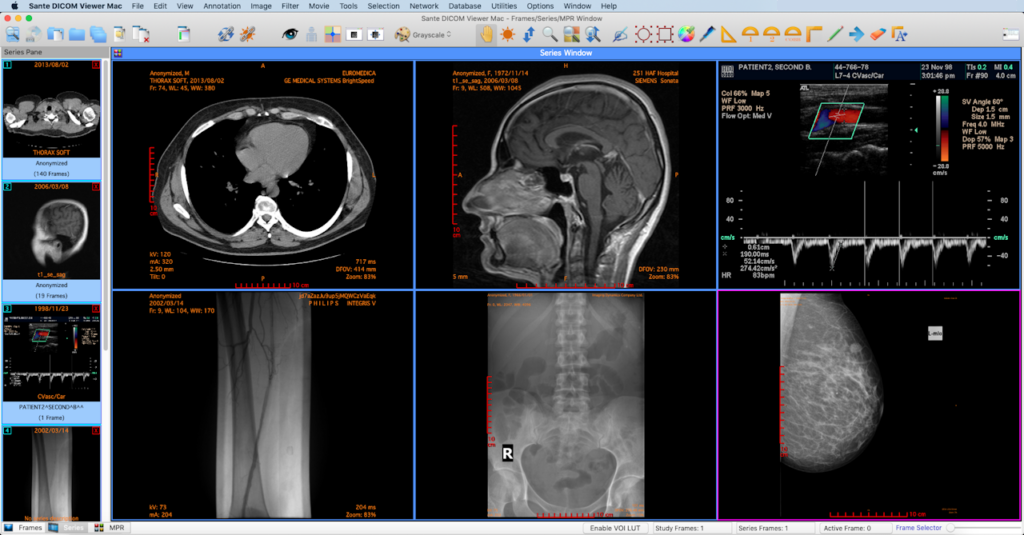As medical imaging continues to advance, being able to efficiently analyze DICOM files is critical across specialties.
However, viewing these large grayscale scan images can be cumbersome. Most rely on outdated workstations and laggy downloadable DICOM software, which can slow you down.
Thankfully, there is now a simple way to instantly view DICOM studies in any web browser without needing to install clunky programs or plug-ins.
In this guide, you’ll learn how DICOM Reader Online is revolutionizing the medical field’s access to and interaction with scans.
Access DICOM Files From Anywhere Instantly
The major advantage of online DICOM readers is that they provide instant web access to medical images without the need to download anything.
This allows healthcare staff to securely collaborate on studies by simply sharing a link. When urgent consults are needed, everyone can visualize findings in real-time rather than emailing static JPGs back and forth.
Cloud-based DICOM reading also helps manage complex software installations or VPN connections. You can view multi-study image sets with all relevant metadata directly in your browser.
For clinicians, this means no more rushing to PACS workstations or carrying disks with prior scans around. Online accessibility makes consults more portable whether you’re at your clinic, hospital, home office, or even on mobile when needed.
Customize Multi-Image Layouts Dynamically
Another key efficiency benefit online DICOM readers enable is the ability to arrange scan series exactly how you need in real-time.
Programs allow the creation of custom multi-pane image layouts for different modalities, body sites, and your specific workflow. For example, CT spine trauma protocol can display sagittal and axial views side-by-side.
You can then save these arrangements as preset “hanging protocols” to standardize them across cases.
Having structured DICOM layouts makes rapid site interpretation much easier when findings consistently display in expected views. It also simplifies tracking lesions between sequences.
If any adjustments are needed during diagnosis, you can drag, stack, or resize images to better visualize abnormalities. This flexibility also allows customizing configs unique to rare, complicated cases.

Built-in Analysis and Reporting Tools
The best online DICOM platforms go beyond just displaying medical images – they incorporate advanced analysis features to elevate your capabilities.
For example, client-side multi-planar reconstruction allows for the dynamic manipulation of 3D scan volumes rather than relying on technicians for processing. Measurement markers, specialized lens filters, and zoom/pan also help investigate pathology details further.
Structured reporting templates let you document findings efficiently right within your web browser as well.
Recurring impressions can be saved as macros to insert with one click. You can then export report PDFs to share securely via email or your clinic’s health records system. This avoids needing to dictate notes and wait for separate transcription.
Together, these enhanced tools make your readings more accurate while saving critical time.
Choosing the Best Web-Based DICOM Reader
Now that you know the paradigm-shifting benefits online DICOM analysis enables, let’s explore what capabilities to look for when selecting a platform:
| Key Feature | Benefits |
| Pure Cloud Architecture | Ensures smooth high-res streaming without quality loss or latency |
| Customizable Image Layouts | Protect patient data with encryption, access controls, and auditing |
| Intuitive Measurement Tools | Rapidly quantify lesions, annotate findings, reconstruct multi-planar views in real-time |
| Structured Reporting | Insert macros for recurring impressions, export instant PDF notes |
| HIPAA Compliant Security | Protect patient data with encryption, access controls and auditing |
| Platform Openness | Leverage flexibility to integrate across networks and future-proof investments |
The most critical evaluation criteria are identifying platforms with smart DICOM readers visualization paired with robust security protocols. This balances a fast, intuitive workflow while safeguarding sensitive medical data.

